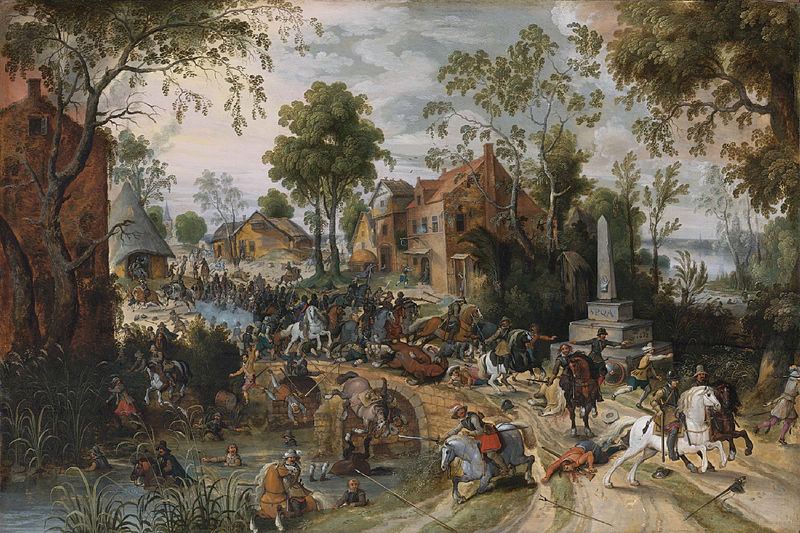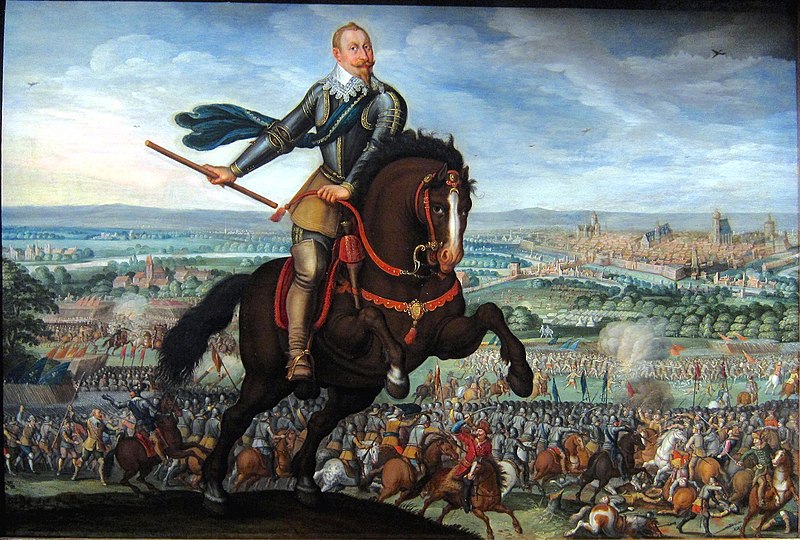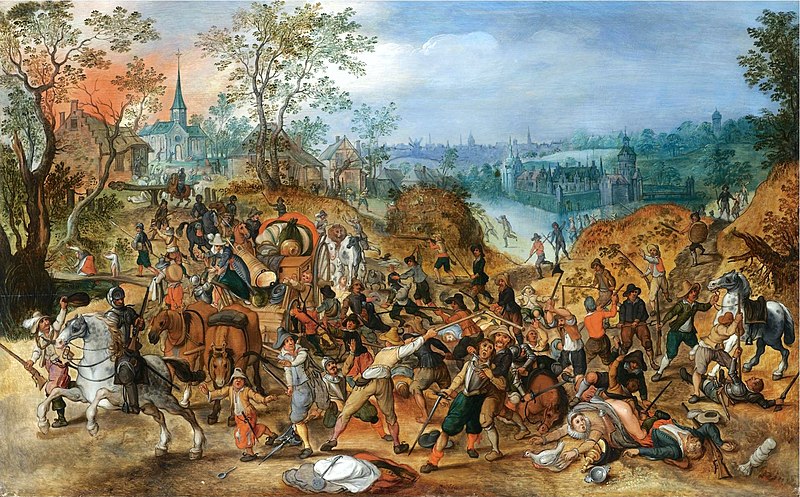
The Treaty of Westphalia is signed, ending the Thirty Years War and radically shifting the balance of power in Europe.

The Thirty Years War, a series of wars fought by European nations for various reasons, ignited in 1618 over an attempt by the king of Bohemia (the future Holy Roman emperor Ferdinand II) to impose Catholicism throughout his domains. Protestant nobles rebelled, and by the 1630s most of continental Europe was at war.
As a result of the Treaty of Westphalia, the Netherlands gained independence from Spain, Sweden gained control of the Baltic and France was acknowledged as the preeminent Western power. The power of the Holy Roman Emperor was broken and the German states were again able to determine the religion of their lands.

The principle of state sovereignty emerged as a result of the Treaty of Westphalia and serves as the basis for the modern system of nation-states.

The Thirty Years War

This conflict, which redrew the religious and political map of central Europe, began in the Holy Roman Empire, a vast complex of some one thousand separate, semiautonomous political units under the loose suzerainty of the Austrian Hapsburgs. Over the previous two centuries, a balance of power had emerged among the leading states, but during the sixteenth century, the Reformation and the Counter Reformation had divided Germany into hostile Protestant and Catholic camps, each prepared to seek foreign support to guarantee its integrity if need arose.


Ferdinand, in turn, called upon the German Catholics (led by Bavaria), Spain, and the papacy. In the ensuing struggle, Ferdinand (elected Holy Roman Emperor in 1619) and his allies won a major victory at White Mountain (1620) outside Prague that allowed the extirpation of Protestantism in most of the Hapsburg lands. Encouraged by this success, Ferdinand turned in 1621 against Bohemia's Protestant supporters in Germany. Despite aid from Britain, Denmark, and the Dutch Republic, they too lost, and by 1629 imperial armies commanded by Albrecht von Wallenstein overran most of Protestant Germany and much of Denmark. Ferdinand then issued the Edict of Restitution, reclaiming lands in the empire belonging to the Catholic Church that had been acquired and secularized by Protestant rulers.

Only Swedish military aid saved the Protestant cause. In 1630 an army led by King Gustavus Adolphus landed in Germany and, with a subsidy from the French government and assistance from many German Protestant states, routed the Imperialists at Breitenfeld (1631) and drove them from much of Germany. The Protestant revival continued until in 1634 a Spanish army intervened and at Nordlingen defeated the main Swedish field army and forced the Protestants out of southern Germany. This new Hapsburg success, however, provoked France-which feared encirclement-to declare war first on Spain (1635) and then on the emperor (1636).


The war, which in the 1620s had been fought principally by German states with foreign assistance, now became a struggle among the great powers (Sweden, France, Spain, and Austria) fought largely on German soil, and for twelve more years armies maneuvered while garrisons-over five hundred in all-carried out a "dirty war" designed both to support themselves and to destroy anything of possible use to the enemy. Atrocities (such as those recorded in the novel Simplicissimus by Hans von Grimmelshausen) abounded as troops struggled to locate and appropriate resources. Eventually, France's victory over the Spaniards at Rocroi (1643) and Sweden's defeat of the Imperialists at Jankau (1645) forced the Hapsburgs to make concessions that led, in 1648, to the Peace of Westphalia, which settled most of the outstanding issues.

The cost, however, had proved enormous. Perhaps 20 percent of Germany's total population perished during the war, with losses of up to 50 percent along a corridor running from Pomerania in the Baltic to the Black Forest. Villages suffered worse than towns, but many towns and cities also saw their populations, manufacture, and trade decline substantially. It constituted the worst catastrophe to afflict Germany until World War II. On the other hand, the conflict helped to end the age of religious wars. Although religious issues retained political importance after 1648 (for instance, in creating an alliance in the 1680s against Louis XIV), they no longer dominated international alignments. Those German princes, mostly Calvinists, who fought against Ferdinand II in the 1620s were strongly influenced by confessional considerations, and as long as they dominated the anti-Hapsburg cause, so too did the issue of religion. But because they failed to secure a lasting settlement, the task of defending the "Protestant cause" gradually fell into the hands of Lutherans, who proved willing to ally (if necessary) with Catholic France and Orthodox Russia in order to create a coalition capable of defeating the Hapsburgs. After 1630 the role of religion in European politics receded. This was, perhaps, the greatest achievement of the Thirty Years' War, for it thus eliminated a major destabilizing influence in European politics, which had both undermined the internal cohesion of many states and overturned the diplomatic balance of power created during the Renaissance.


The Reader's Companion to Military History. Edited by Robert Cowley and Geoffrey Parker. Copyright © 1996 by Houghton Mifflin Harcourt Publishing Company. All rights reserved.


Taken from: http://www.history.com/this-day-in-history/thirty-years-war-ends [24.10.2012]
Pictures taken from: http://en.wikipedia.org/wiki/Thirty_Years%27_War [24.10.2012]

No comments:
Post a Comment